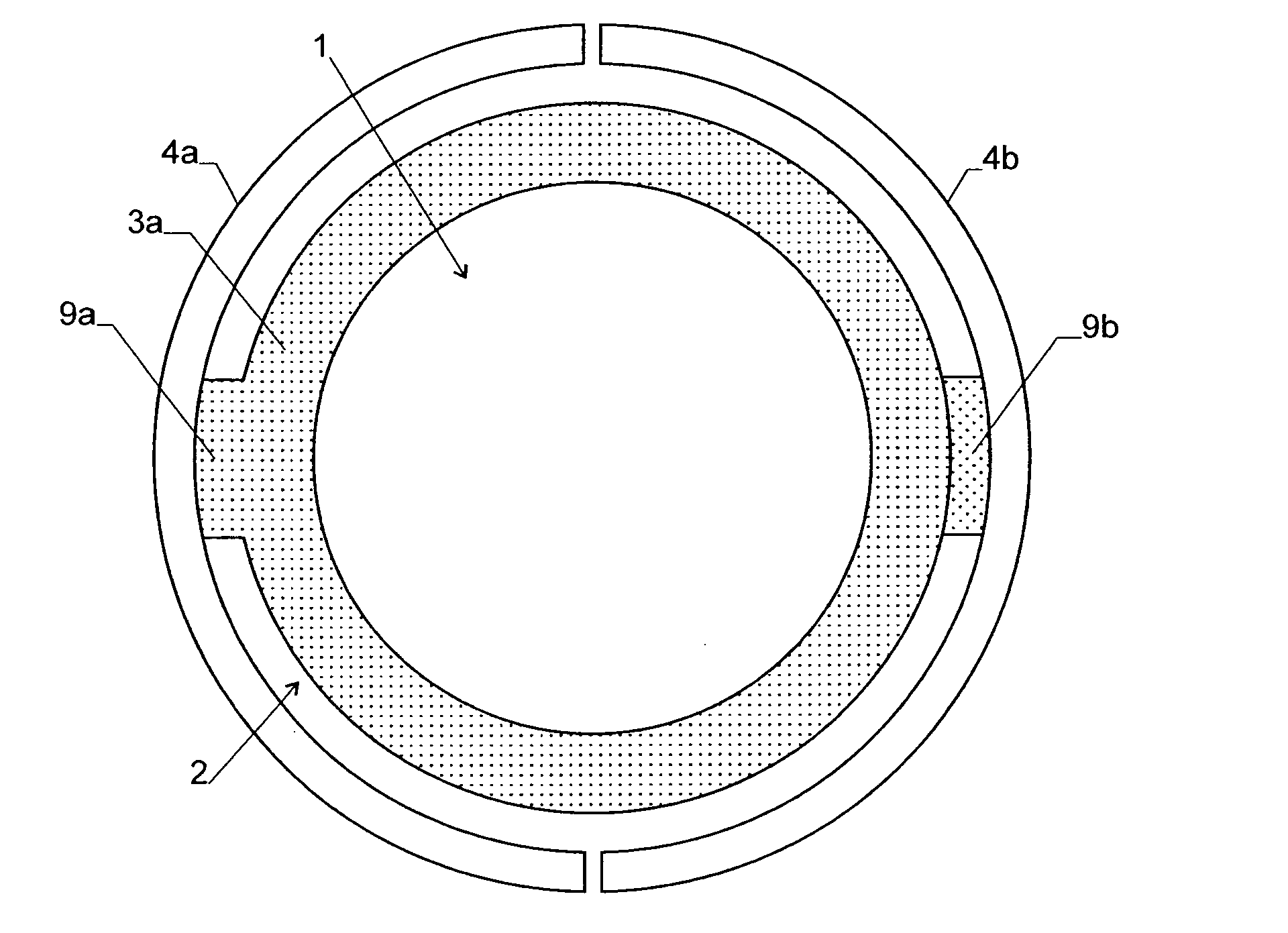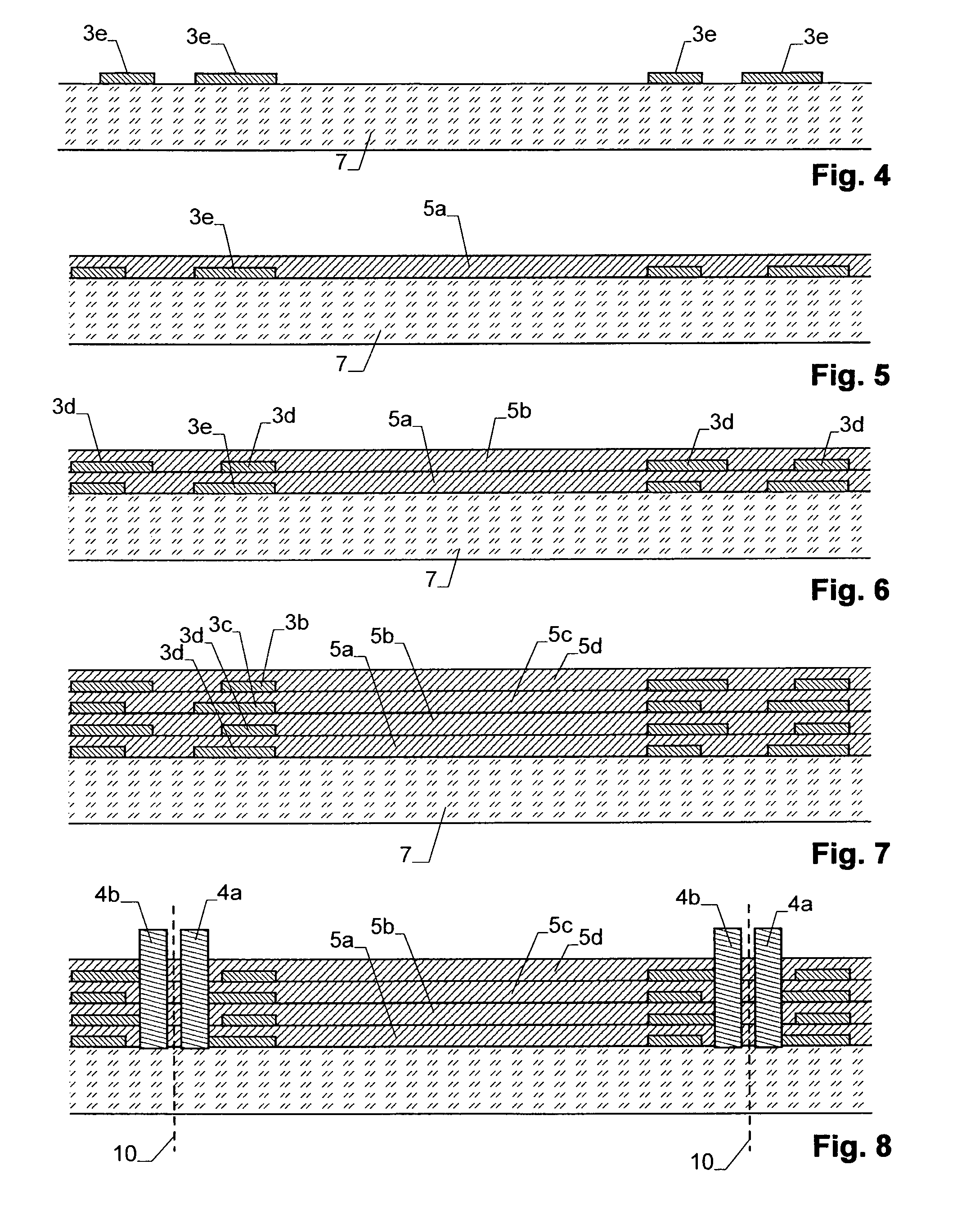Electroactive Optical Device
a piezoelectric crystal and optical element technology, applied in the field of electroactive optical devices, can solve the problems of poor application suitability, comparatively high manufacturing cost, and poor application suitability of devices based on piezoelectric crystals, and achieve the effects of large deformation, easy manufacturing process, and strong change of the curvature of the surface of the optical elemen
- Summary
- Abstract
- Description
- Claims
- Application Information
AI Technical Summary
Benefits of technology
Problems solved by technology
Method used
Image
Examples
Embodiment Construction
Definitions
[0040]The term “axial” is generally used to designate a direction perpendicular to the surface of the center region of the optical element in its relaxed state. If a substrate is present, the substrate will in most cases be aligned perpendicularly to the axial direction.
[0041]The term “radial” is used to designate a direction perpendicular to the axial direction.
[0042]Introduction
[0043]The present invention can be implemented in a variety of forms, e.g. as an electroactive lens, a beam deflector or an anti-jittering device. In the following, we describe some of these applications.
[0044]Electroactive Lenses
[0045]One possible embodiment of the present invention as an electroactive lens is shown in FIGS. 1 and 2. The lens comprises an elastic optical element 1 and an electroactive element 2. In the present embodiment, the optical element 1 is circular and the electroactive element 2 surrounds the optical element. However, as mentioned below, the present invention can also be...
PUM
| Property | Measurement | Unit |
|---|---|---|
| Diameter | aaaaa | aaaaa |
| Volume | aaaaa | aaaaa |
| Electrical conductor | aaaaa | aaaaa |
Abstract
Description
Claims
Application Information
 Login to View More
Login to View More - R&D
- Intellectual Property
- Life Sciences
- Materials
- Tech Scout
- Unparalleled Data Quality
- Higher Quality Content
- 60% Fewer Hallucinations
Browse by: Latest US Patents, China's latest patents, Technical Efficacy Thesaurus, Application Domain, Technology Topic, Popular Technical Reports.
© 2025 PatSnap. All rights reserved.Legal|Privacy policy|Modern Slavery Act Transparency Statement|Sitemap|About US| Contact US: help@patsnap.com



